In today’s Q & Cake (our own fancy version of Q & A) Elisabeth and Cami discuss several questions from listeners regarding getting started with wholesale, making friends, and finding mentors in the creative industry, standing firm in your pricing guilt-free, and much more! These are questions from fellow artists, calligraphers, designers, stationers, etc. that will hopefully help you in your own biz journey as a creativepreneur!
Let’s be friends! Find us on Instagram http://instagram.com/bizbirthdaybash @bizbirthdaybash. For all show notes please visit
How do you start selling wholesale and how do you work out your wholesale prices? I have no idea where to start but would love to sell to local shops and businesses.
@KGH Illustrates
Cami (1:05)
Assess your profit margins
I could go on for hours about this, but I’ll keep it short and sweet. So to start selling wholesale, you first need to make sure that your profit margin on your products can actually work for wholesale pricing. Typically, Keystone wholesale pricing is right at 50% of your retail price. But you can play with that a little bit. But that’s typically what retailers expect. So if it’s over 50%, they’re going to be like, why is your wholesale price more than 50%? Or I say, right? You guys don’t try to say why is it more than a 50% discount. So you need to be sure that your profit margin can work with chopping your prices basically in half. So if you are retail price for something is 20 bucks, can you actually sell it for $10 and still make a profit. That’s the first thing you need to do to start working out your wholesale prices. And then when it comes to actually selling to wholesale shop owners might be initially wary if you have less than 10 products like 10 greeting cards or 10 prints just really isn’t going to cut it unless they’re like these really solid. One of a kind type. Not one of a kind type items. But like things like planners that are more standalone items, like we talked about this before on one previous episode. Katie hunt from proof to product has an amazing podcast with awesome resources and about wholesale. And she always recommends having at least 48. It’s like 46 or 48, I don’t quite remember 46 or 48 items in your product line to get started with that just gives retailers enough to meet your minimum order and give them options. They don’t have to buy literally your entire line to reach an order minimum.
Research and engage with boutiques
And then in terms of just getting started, make a list of boutiques or local shops you see when you’re out and about and write down their information. So you can follow them on Instagram, try to make those initial connections, comment on their stuff, engage with them, send them an email, let them know hey, I’m a local artist, here’s my stuff and make sure you have an easy way for them to buy right now. I’m using fair. And then there’s also Shopify as a new platform that just came out called a handshake. So you have to apply to be on, but there are no commission fees on that. So a great thing to start checking out. Also, you can get your catalog going, I still don’t have a catalog, and I’m doing fine with wholesale. So I feel like 2021 maybe catalog is not going to be as big of a thing. It’s more about online and digital stuff, especially as we go to like virtual trade shows.
Elisabeth (4:30)
Research shops to determine if your product is a good fit
This is all really good stuff I wanted to hop into in terms of because you had mentioned you know, like grab information of local shops and businesses, I would really make it a point to like walk-in those as well to make sure that your line is a good fit for that shop. Because it’s going to be really obvious to the shop if you didn’t even do your research. So like say that there’s like a shop who like has a ton of products that like maybe they use the F word. They’re just like edgier, you know, like really bright bold colors. And you have soft watercolors that are very like proper like that’s not the right product for them. And it’s gonna be super obvious to them that you didn’t even like walk-in, you don’t even really know them. So I would say be really intentional with the shops that you do contact so that you can confidently say that you feel your product is a good fit.
Cami (5:00)
Don’t write-off shops that don’t seem super trendy at first glance
Yeah, you definitely wanna make sure your products are a good fit. But like, even if you can’t walk into every single one, because there are shops all over the country to like, following them on Instagram, and just getting hung their vibe is a good way to check it out, too. But it’s interesting, too, because a lot of shops that I’d be like, Oh, I would never necessarily pitch to them, but they end up buying tons of my stuff. So I would also like, give you advice to not only want to go for like the really cute trendy shops that you would just shop at, like kind of think outside the box too, because a lot of my best wholesale customers are stores that I never would have like thought to reach out to or what I thought would have been a good fit, but they’re like, I keep selling out of yourself. Like I can’t keep it enough. Like it’s just very interesting to me or their Instagram feed just isn’t pretty and cute. And you’re like, oh, whatever. I’m just gonna like brushing them off. Because it’ll have like this perfect, curated like online aesthetic, but like their in-person stuff is so much better. Like I just noticed that recently with like a lot of shops that like, I’ll follow them on Instagram after they buy a ton of stuff for me. I’m like, I literally never would have had them on
their Instagram. But yeah, you definitely still want to make sure that you are a good fit for their shop and not just being like sending canned emails where it’s like very obvious, you just copied and pasted to different shops because they want to know why you’re reaching out to them why you think it’d be a good fit.
I’m based out of a city just outside of Toronto in Ontario, Canada and just recently started my own stationery business! There’s another fellow stationer who lives in a close-by city (20 minutes away) who is successful, always busy, and who I actually admire and look up to! Would it be a good idea to reach out to her for some “mentorship”? Or would that be a bad idea since I guess I would be her “competitor”??
@inkandvellum_
Elisabeth (11:17)
Don’t make assumptions about others’ success based on social media
You know what caught me the first time I read through this Cami but when she says another fellow stationer, who is successful, always busy that like caught my eye because I think it’s really easy for social media to make it look like we’re super successful and always busy. Like that might not be the case. This is the craziest thing where I have actually gotten coffee with people in person before. And like making that connection thinking that like they’re doing these huge weddings, they’re like super, quote-unquote, successful, they have it all together. And then I meet them in person and it totally blows the like social media. What do you call that hammy? Like a facade? Thank God and I’m like, oh, wow, like you did like two weddings last year. And in my mind, I thought you were doing like 20 or like 25 you know like social media can make it look like someone has it all together. And I’m not saying this girl doesn’t because she very well could or guy could totally have it all together. But I just thought that part of the question was so interesting to me. That is such a true thing. Like we’d have no idea what’s actually going on behind the scenes.
Cami (12:30)
Lead with relationship building
I would not frame it as reaching out to her as a mentorship thing I would if you just really want to get together with her because you guys are both Stationers and you’d love to meet her. I would just say like, Hey, I really admire you, I would love to take you out for coffee and just get to know you. And, you know, we’re both Stationers I thought it’d be cool to just connect and network together and maybe work, we could refer each other. We have a similar type of clients just make it more about our actual relationship, instead of a mentorship. But don’t expect to get that from her the first time you meet her like she’s going to be your mentor. I would, if you wanted to bring that up, I would do it like in person and say like, I’m interested in having a mentor, is that something you offer? and not so much? Like, I need a mentor? Will you be the kind of thing right? You gotta like to toe the waters? Or Wait, am I saying tread lightly here, because a lot of times, they’re not going to want to give away their secrets. And she might even say like, Hey, I actually charge money for an hour consultation with me or something like that. And just be prepared for that as well. So I kind of want you to like, figure out what you actually want from this relationship? Are you looking to just connect with someone who is in the industry as well and is similar to you? And you’re like, You’re both stagers, we’re going to be instant friends. Are you really looking for someone to be a mentor solely and have that type of relationship? Because if that’s the case, you’re probably gonna have to pay for it? I would imagine.
Elisabeth (14:30)
Ask about pricing for mentorship
Yeah, building off of that, because everything you said was really good. If you ever bring mentorship up, I would actually ask her straight up, what do you charge? Like, I would not have that conversation without putting that foot forward first, with the expectation of knowing you will have to pay for her expertise because I swear there’s nothing more annoying, or disheartening than being asked like, for mentorship or for time or advice without any sort of compensation. And it gets really awkward then where it’s like, No, I do charge you know, $150 for a one-hour consult call and then people are like, Oh, well, obviously, you know, they can’t afford that or they don’t want to pay that or whatever. So if you are looking for a mentor This goes for anybody who reaches out to anyone in the creative industry, who’s ever going to ask for a mentorship just in that email asked what their prices are because you should expect to be paying that’s just me. Know That is so true. Like it initially shows that you respect the other person’s time, expertise.
Hey there! right now I am selling custom acrylic dog paintings. I am only offering 1 size canvas for a single dog (11×14) & 1 size for multidog (16×20). Do you guys think I should offer multiple size options or keep it simple with what I’m already doing?
@tcoferrr
Keep things simple
Cami (17:30)
Well, personally, I like to keep things as simple as possible. Because once you start offering 10 different options, you open up the floor for more questions or like I see you have like, can you also do this and then you start offering custom one-off things and it just becomes a whole thing. And when it’s very simple, I feel like it’s easier for them to buy and that they don’t have to change choose from like eight different size options and like get confused and half the time that I even know what sizes they want. They just want the cheapest one possible.
Poll your audience to figure out what sizes they prefer
Elisabeth (19:20)
I’m once again going to build off of that because I have a little bit different perspective for this. Because I haven’t really ever done pet portraits, but I’ve hired someone to do one before for a single pet, and 11 by 14 is really big. I personally would not buy an 11 by 14. After all, I really wanted an eight by 10 of both of my pets because I wanted them framed next to each other. And also 16 by 20 is pretty big too. So like I would maybe try to factor in like an eight by 10 in this situation, just for that reason because I think you could be losing
out a little bit on the market of people who don’t want something that big on their wall, or that big of their pet, you know, like you don’t know what they’re planning. So Kevin made a really good point like, what is your audience asking for? So I would say like poll people to see what sizes they really want. If people are happy in ordering those sizes from you, stick with it. If not, then maybe adjust.
How do you gain acceptance from other creatives in the industry?
Background: I’ve found that most calligraphy creatives are not very welcoming to newcomers and don’t seem to want to share resources like you all have. It’s been pretty disheartening. I’ve also found photographers to be the same way. For example, I had a client deliver images from their wedding of some signage I did. I put them on my website crediting the photographer, so I messaged her on Instagram to let her know and to tell her how gorgeous her work is. She read the message but never responded. I wish I could say this was a first, but sadly it’s not. Any tips on how to be welcomed into the creative community would be great!
@michellemariecalligraphy
Cami (25:59)
Building relationships and gaining resources
Well, I am not sure that most calligraphy creatives aren’t necessarily nice, not welcoming, but you said they don’t seem to want to share resources. And it’s disheartening. And I can tell you that most of the time, people aren’t going to share resources with you. Like, if you are dming me like what printer do you use? or How did you do this, no one is going to share that with you. Because I mean, I’m not going to share that with you either. Even though we do have this podcast and share a bunch of things because we created the A to Z directory where it’s literally like paid to get that information from us, or we’ve worked really hard over the years to pick out vendors and figure out these things, figure out our processes and make mistakes and failures. And there’s just so much of that, that one, it’s impossible to share over dm anyway. And to just someone just like dming me, that doesn’t necessarily. I’ll say dessert, that’s not the right word. But like, I just can’t get that out to every single person because we’ve all worked so hard for it. So it’s a very touchy subject to ask another creative, where they get their stuff from, especially if you don’t have a relationship with them. Like when I always say, Well, this is related to like my faith, but I always say like, you can’t share the gospel with someone, it’s like the weight of your relationship, like, what doesn’t hold that. And it’s kind of the same thing with this. Like, if you don’t have the way the relationship to ask them. Where do you get your stuff printed? Like, it’s not gonna work, they’re just gonna blow you off? Or be like, why are you asking me this? Like, that’s so annoying, because I mean, I know is like, as we get more and more experienced in our business, we get messages like that all the time. And it’s not you, it’s just that we get so many of those that people just aren’t willing to share.
So if you really want to be accepted in this industry, and gain friendships, I mean, we accept you, no matter what, like we’re big welcoming, cannot help you. But like, you also need to be able to, like, help yourself a little bit too. And we respect people who can do that, like we respect someone who can Google and find a printer near them or make a mistake, and be like, I tried this printer, they stopped like, what am I doing wrong? joining our Facebook group, you know, you got to like put in the investment in the effort to kind of create that path for yourself, because you can’t just like follow in someone’s footsteps and expect to like, gain respect or make any sort of new path like you really do have to create a new path. And then we’re like, oh, that person’s doing big things and they’re doing their own thing like they figured out on their own. And like other creatives really respect creatives who do that type of thing. That being said, we would love for you to join our C directory. If you do need help finding more resources and printers and manufacturers and I feel like our community in our Facebook group is literally one of the absolute best things about it. And people say like, it’s worth the money just for that community aspect alone, which sounds like you are kind of missing that. And our community really is super well welcoming and will help you and they are you know, super accepting. So come on into our community and you will love it.
Elisabeth (29:19)
Give more than you take
for gaining acceptance. A lot of times, it’s about not so much like what they can give you. But what you can, first of all, like provide to them. And second of all, how you can build a relationship with them which can be already touched on like relationships, relationships, relationships if you just pop into someone’s DMS as Cami said, and they have no idea who you are. You haven’t been following them for long or you’ve never interacted with their posts. It’s just kind of a bad look. We talked about this a little bit in our Instagram etiquette episode too. It’s one of our very first ones. So I was gonna say if you’ve really admired people in the industry, just take time following them.
interact with them all the time, compliment them on their stories, compliment them on the posts that they’re sharing a comment on genuine things like not just like emojis. Because then maybe down the road, they share something that you’re curious about. And if you ask them a question, they’re going to see that they’ve had previous conversation threads with you already that haven’t been strictly you asking for something, if that makes sense. And also, you just have to be respectful of the fact that, sometimes people just don’t want to share that is a reality, people are very protective of all of the knowledge they have, and that they have built over the years. But that is what you need to be doing. Like first and foremost, it’s just like following other people and interacting with them. And this is something I’ve been doing with wedding planners for a long time, actually, because it’s like I’m trying to build relationships with wedding planners. So for the ones that I really admire, and love and want to work with, I’ve been following. And I just replied to like, their normal day to day life Instagram stories, like stuff that’s not even wedding-related, because I just want them to like, recognize my name and see me and their DMS not being like, do you want to work with me? or What did you use for this? or What did you do for that? You know, it’s like, I’m not asking for something from them right away. And not to pitch this episode again. But seriously, like Morgan ill of Ladybug photography, her whole episode that she did with us on this is so good. And I highly recommend listening to that one. Yes. And I also wanted to add to, I feel like we have been, so we’ve added so much these questions like that.
Do you have any advice for overcoming the guilt I feel for charging so much for my products? I know they can’t really be priced lower but still feel a pit in my stomach when sending the amount to my clients.
@andartakid
Elisabeth (35:15)
This is really something that comes with time. But I get it 100% like what Cami and I have done summits and we’ve done other things where we charge a little bit higher of a price point or something’s in $100, you know, like, and we’re thinking of all the people who spend their hard-earned money on our resources, I had to deal with this a lot, especially in 2019 with the station or summit, like this overwhelming feeling of guilt for like making money. And I don’t even think it’s like guilt for charging so much. I think it’s like a literal, actual feel for making money. And this is a whole weird, like mindset and psychology thing. And it’s something that gets better with time, I promise. But the best thing you can do for yourself is to continue to reassure yourself over and over exactly like what you said to us like, it cannot be priced lower. And also I am worth it. You just have to look at yourself in the mirror in the morning and be like I am worth it. I am worth this. I am making a living for myself and a living for my family. And this is what I have to charge to be paid accordingly to do so. And then you just got to take a deep breath and move on.
Hi! I am listening to the episode with Melissa Lin about avoiding burnout, and I FEEL this – I am still balancing my creative biz with my day job. I love the idea of being open about my boundaries and “office hours”, and my question is – how can you effectively communicate this to clients & vendor friends, without sounding closed-off and rude? Thank you for everything you ladies do!
@thetristarscribe
Cami (40:00)
Clearly state your boundaries in your email signature
One of the easiest things to do for putting the boundaries up is to make sure that it’s in your email signature. That’s kind of like the passive way of showing your boundaries.
Like being like, my office hours are five to 8 pm every day like, I will not answer emails or phone calls during these hours and then actually stick to your boundaries. Because if you say like, I only work from five to 8 pm, like if you have a full-time job or something, but you’re still answering emails, you know, at lunchtime, then people are going to be like, Okay, well, she’s available that and so if you set those boundaries, make sure you actually stick them yourself. Because if you can’t take them seriously, then no one else’s either.
Elisabeth (42:00)
Schedule emails to send during set office hours
Yeah, 100%. And I was gonna say to our next point, in terms of dealing with people who are maybe contacting you via text message, or phone calls, the greatest thing you can do is like Amy said, don’t be answering your phone after hours. And second of all, for text messages, you can be like, thanks so much for letting me know, please email this to me. And I will get back to you when I’m in the office tomorrow at 9 am. And it’s as simple as that, then they at least know that they’re going to get a response from you, it just isn’t going to be right that actual second. So it’s just about communicating over and over making sure it’s clear in your email signature. And actually taking the action to do that or like acting upon your business hours, instead of just sending emails all hours of the night willy nilly, you know, which totally sends the wrong message. So yeah, schedule emails, sometimes, if I’m working on them late at night, I’ll do like a boomerang. It’s an app for Gmail, and I can schedule them to go out at 9 am The next morning, so it doesn’t actually look like I’m responding at 11 at night, you know if I am doing email.


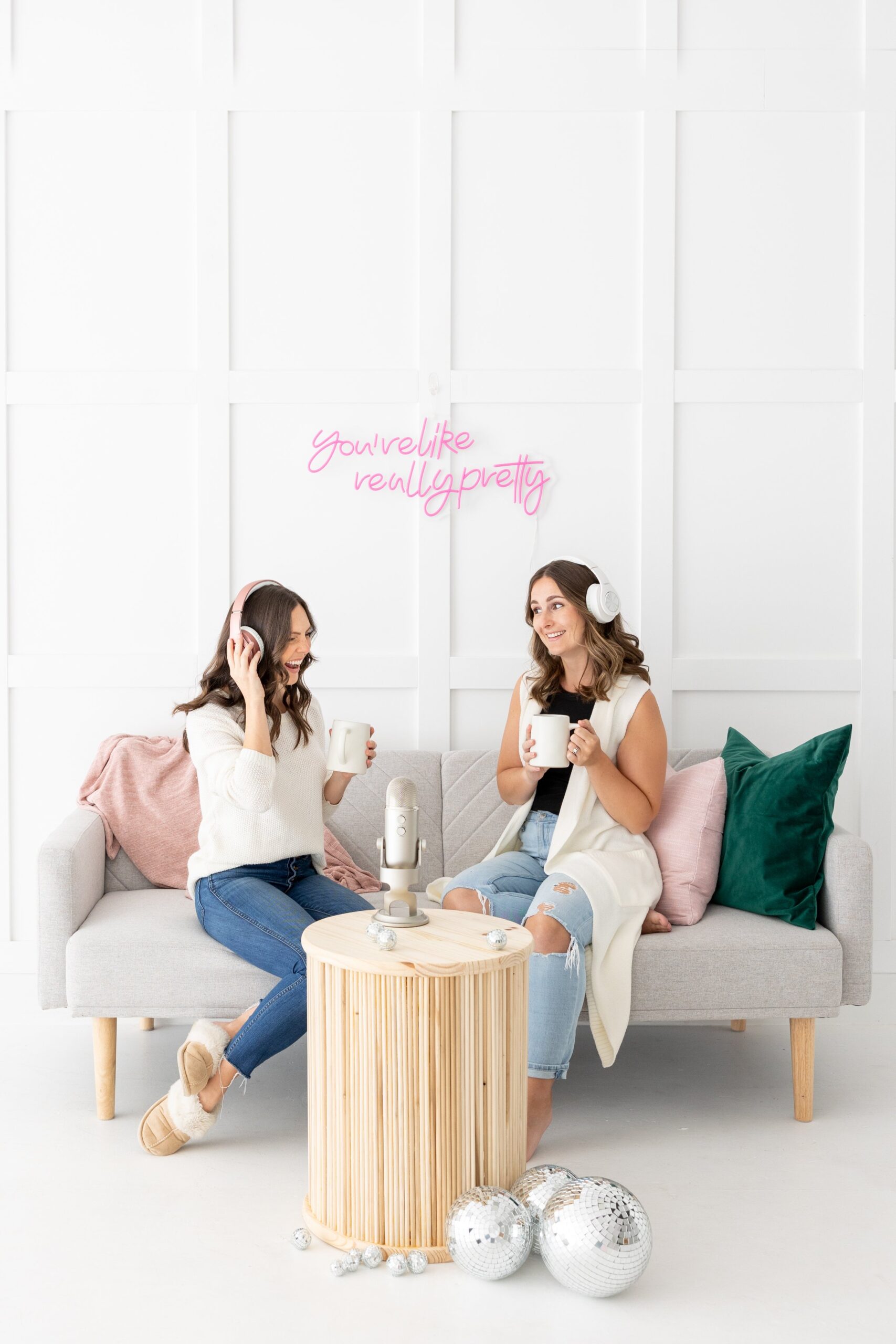
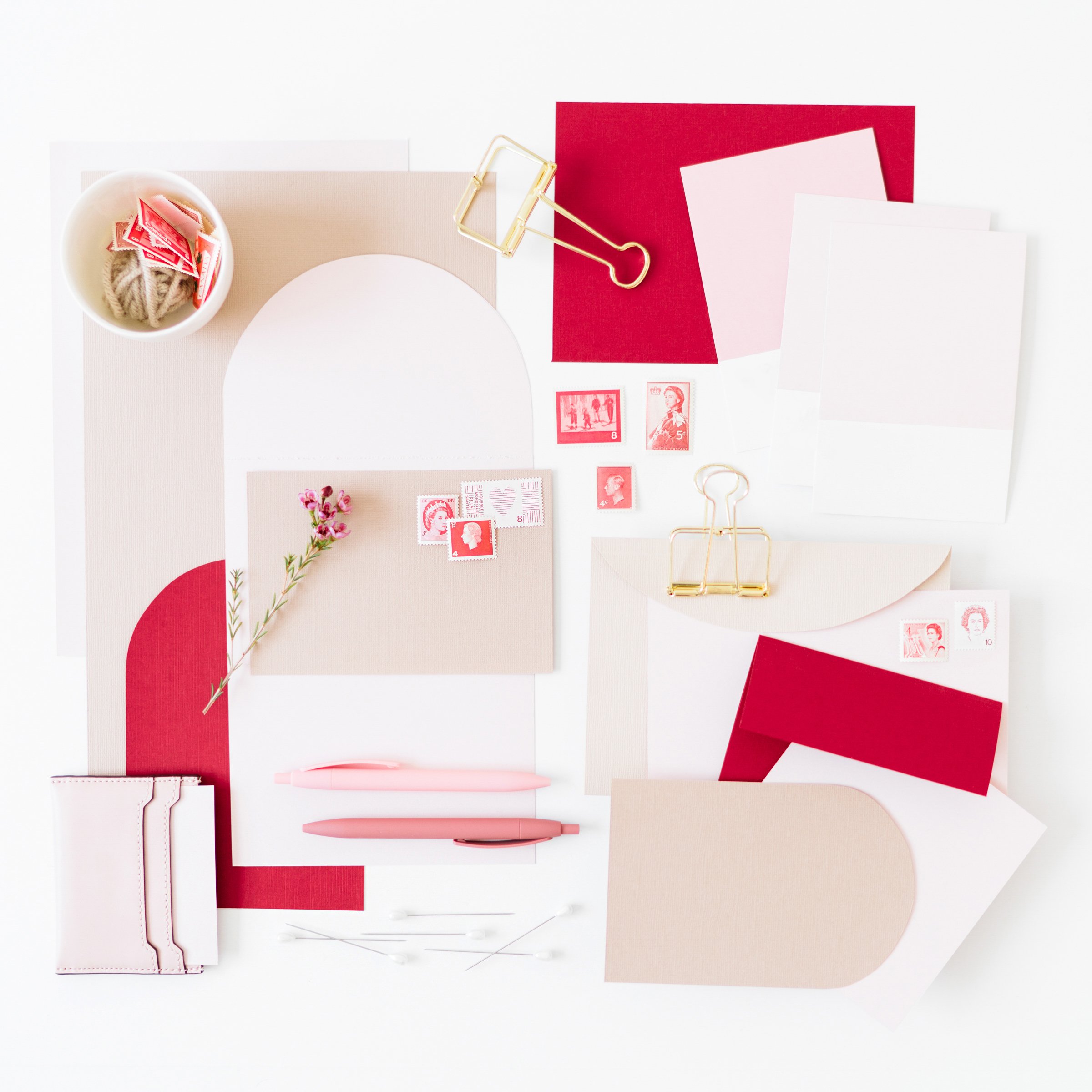
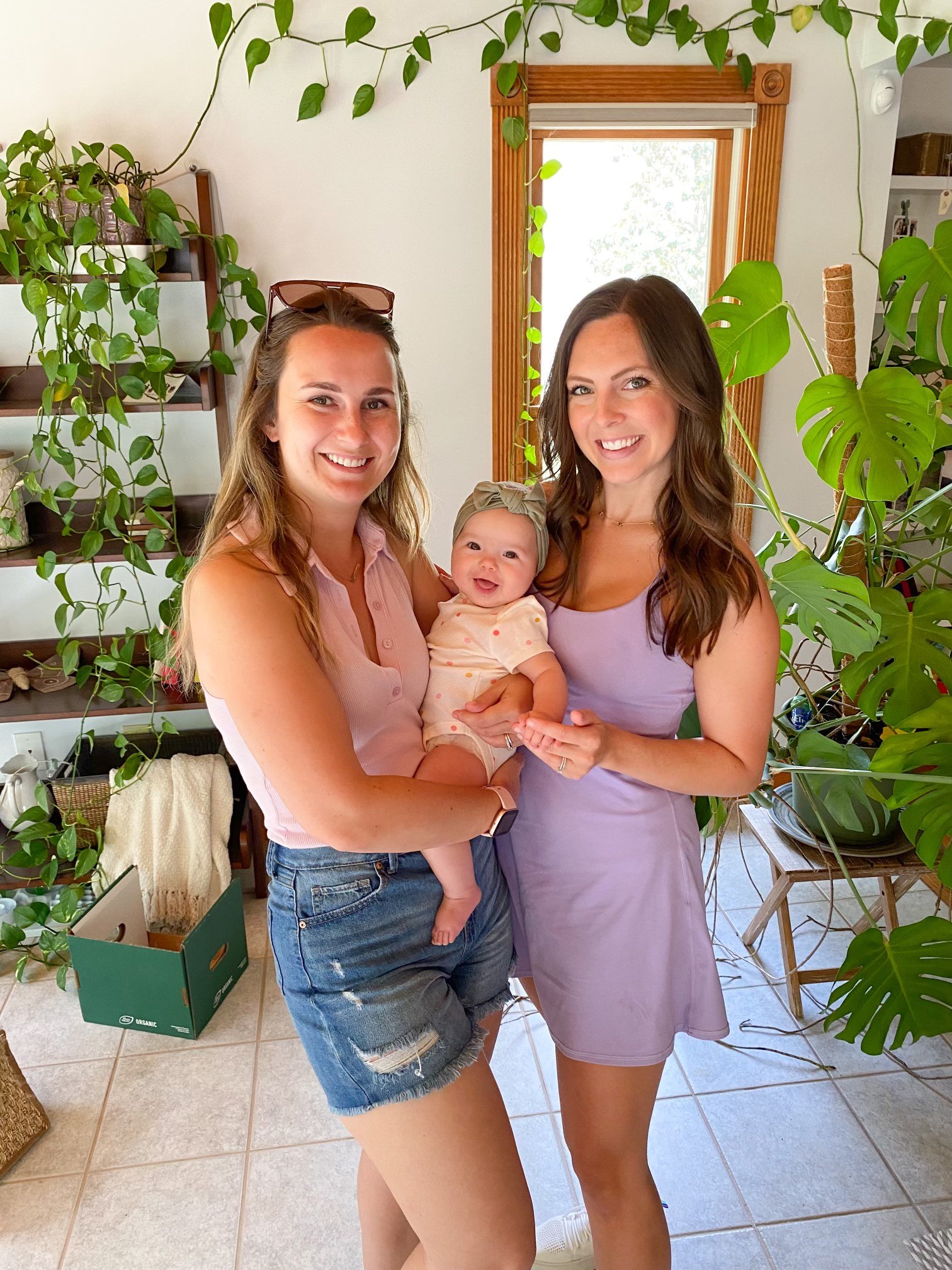

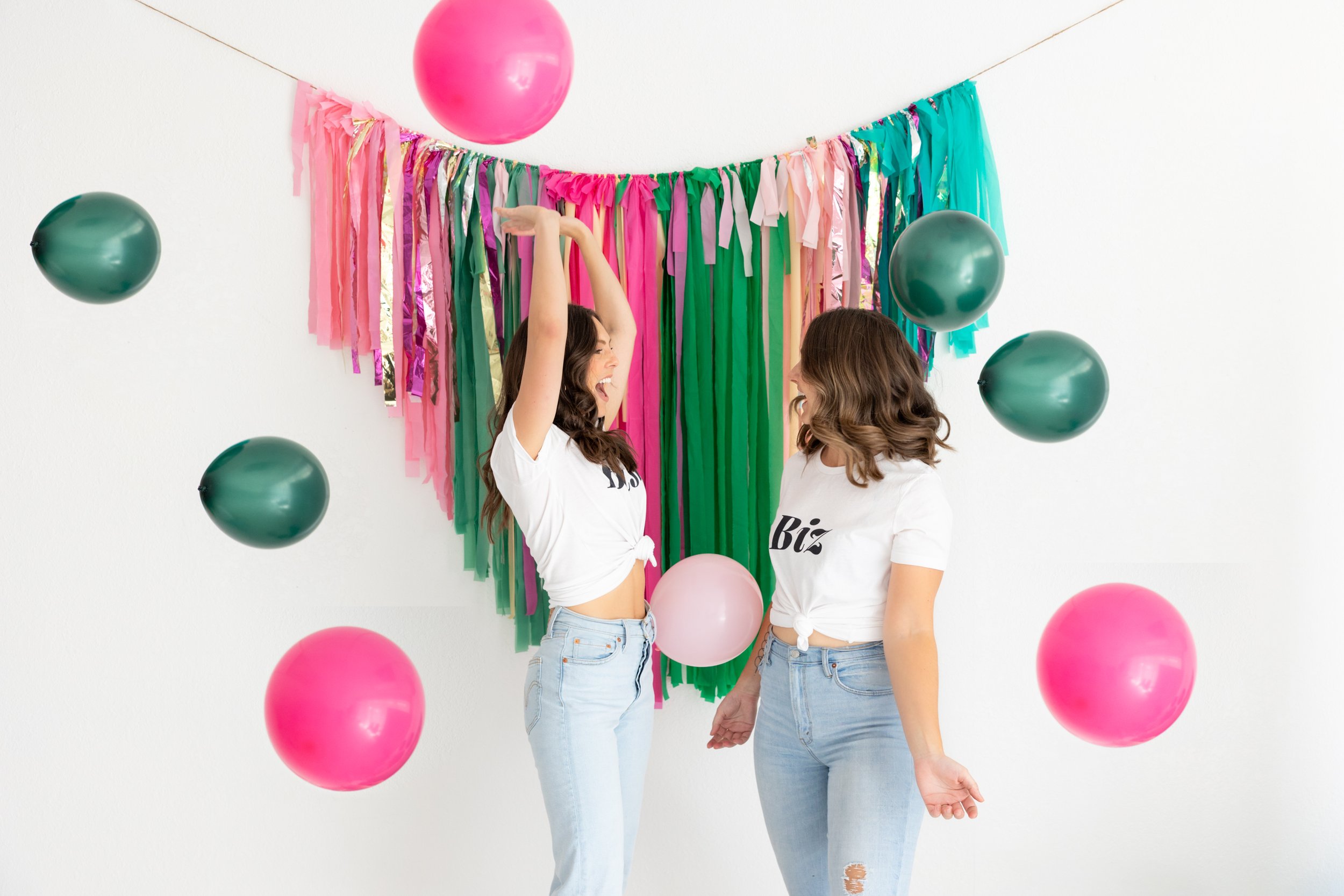
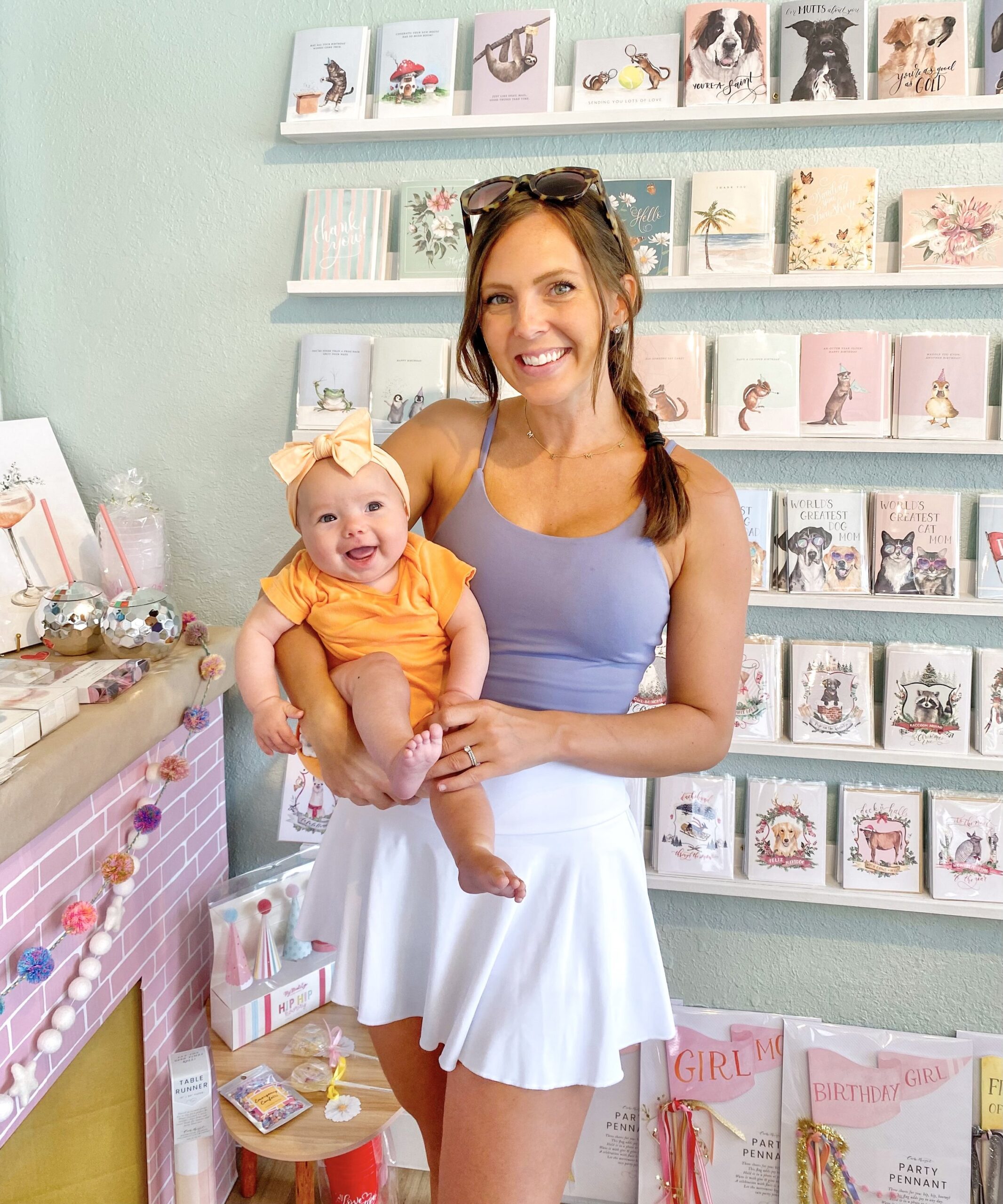
+ show Comments
- Hide Comments
add a comment